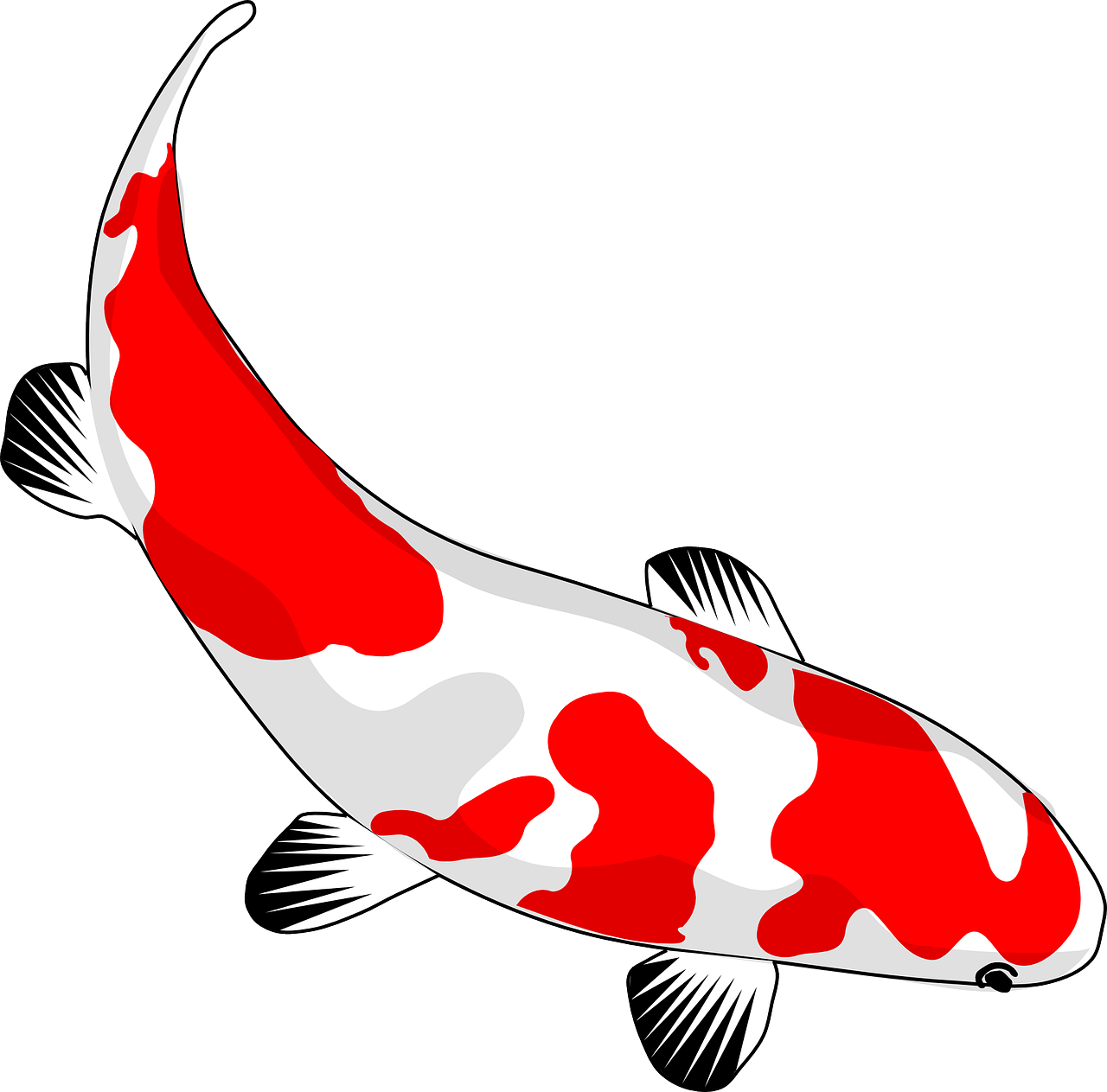
The Ultimate Guide to Dealing with Low pH in a Koi Pond
Introduction
Maintaining a healthy pH level is crucial for the overall well-being of your Koi fish. In a Koi pond, a low pH level can lead to various problems, including stress, weakened immune system, and even fatalities. This comprehensive guide will help you understand the causes of low pH in a Koi pond and provide you with effective solutions to restore the ideal pH balance.
Understanding pH and Its Importance
pH is a measure of how acidic or alkaline a substance is. In the case of a Koi pond, pH determines the balance between acidity and alkalinity of the water. The ideal pH range for a Koi pond is generally between 7.0 and 8.5.
Maintaining the optimal pH level is essential for the health and vitality of your Koi fish. Fluctuations in pH can stress the fish, weaken their immune system, and make them more susceptible to diseases and parasites.
Causes of Low pH in a Koi Pond
Low pH in a Koi pond can be caused by various factors. Let’s explore some of the common causes:
1. Rainfall and Organic Debris
Heavy rainfall can introduce acidic substances and organic debris into the pond, causing a drop in pH. Leaves, twigs, and other decaying matter also release organic acids, contributing to low pH levels.
2. Fish Waste and Overfeeding
Excessive fish waste and overfeeding can lead to an accumulation of organic matter in the pond. As this matter decomposes, it produces acids, thereby lowering the pH.
3. Underlying Soil and Rocks
The composition of the soil and rocks surrounding the pond can influence the pH. Certain types of soil, like peat or acidic clay, can leach into the water, reducing its pH level.
Solutions to Correct Low pH Levels
1. Regular Testing and Monitoring
To combat low pH in your Koi pond, it is crucial to regularly test and monitor the water’s pH level. Invest in a quality pH testing kit and check the water at least once a week.

2. Use a pH Buffer
If the pH level is consistently low, you can add a pH buffer to raise the alkalinity of the water. Choose a buffer specifically formulated for Koi ponds and carefully follow the instructions for application.
3. Incorporate Calcium Carbonate
Calcium carbonate acts as a natural buffer and can help stabilize the pH level in a Koi pond. You can introduce it in the form of crushed oyster shells or limestone chips. However, make sure to monitor the pH closely, as excessive use may lead to an overly alkaline environment.
4. Manage Organic Debris
Regularly remove leaves, twigs, and other organic debris from the pond to prevent the accumulation of acidic substances. Use a pond net or a skimmer to keep the surface clean and maintain proper water quality.
5. Improve Filtration and Aeration
A well-functioning filtration system coupled with adequate aeration can help maintain a stable pH level in your Koi pond. Ensure that the filter is clean and functioning optimally to remove excess fish waste and maintain water clarity.

6. Avoid Overfeeding
Overfeeding your Koi fish not only leads to poor water quality but also contributes to low pH levels. Feed your fish the appropriate amount of high-quality food, and remove any uneaten food within a few minutes to prevent it from decaying in the pond.
Conclusion
Maintaining a proper pH level is vital for the health and longevity of your Koi fish. By understanding the causes of low pH in a Koi pond and implementing the solutions discussed in this guide, you can ensure a safe and thriving environment for your beloved fish. Regular testing, appropriate buffering, debris management, and proper filtration will help you maintain the optimal pH balance, promoting the overall well-being of your Koi pond.